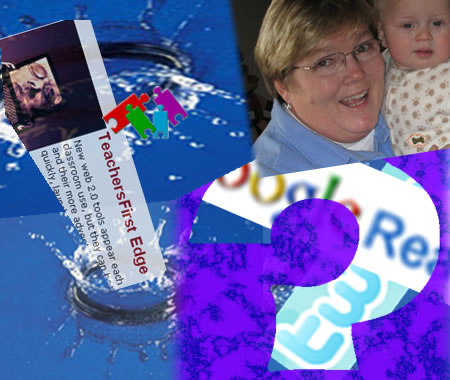Forward Process
“..not enough time on process, or collective human judgment”
These two ideas ring in my head from Nancy Flanagan’s pointed (and sad) account of attending the National Academy of Sciences “Committee on Incentives and Test-Based Accountability.” She set me thinking about parallels between elusive definitions of “proficiency” and the struggles my schools had defining “gifted” during my many years teaching gifted students. The challenge was for the team that “identified” gifted kids — under a forced application of special ed laws applied to gifted (good idea to mandate gifted services, though). The irony was that an experienced TOG (teacher of gifted) could “sniff out” these kids by simply spending some time in their presence. But we sought the elusive perfect screening and identification procedure, the numerical formula, constantly swinging between IDing every high achiever and IDing no one, often missing desperate, unabomber-type geniuses. What were we discounting? Collective human judgment (in this case judgment by those acquainted with the array of ways true giftedness presents itself). Everyone was so afraid to use a human definition that we missed some really needy kids.
…not enough time on process..
Process is what our gifted classroom was all about. Listen and watch it to “sniff out” gifted kids. The gifted kids just “intuit” what they can do and develop their own process. Gifted kids thrive on forward process (intentional hitchhike on the football term). Other students may need more help seeing and feeling process. It’s like “feeling the water” for very talented swimmers. Some need help to feel it, at first. Some teachers will certainly need to learn the feeling, too. But ultimately, that is where all learners need to be: making forward process. So can we please use our collective human judgment to measure proficiency and just get on with building forward process?




